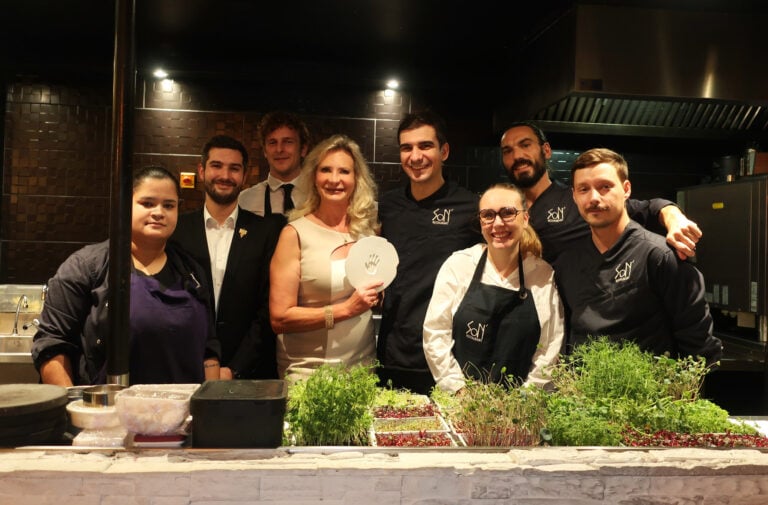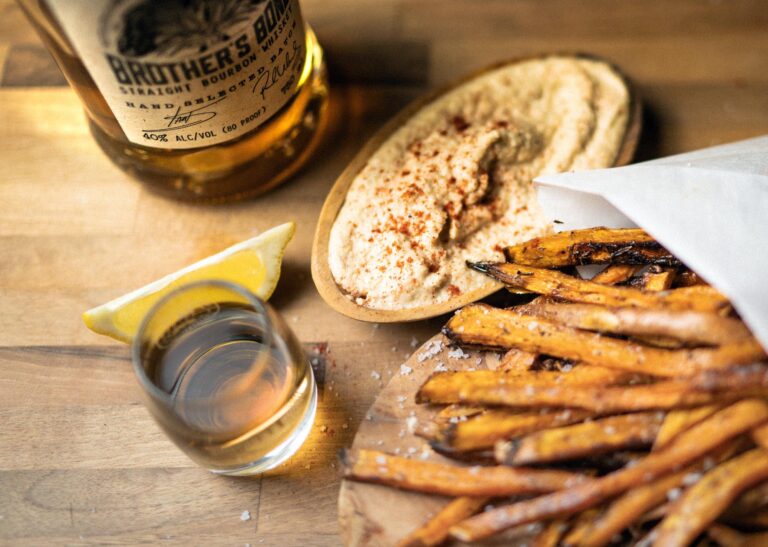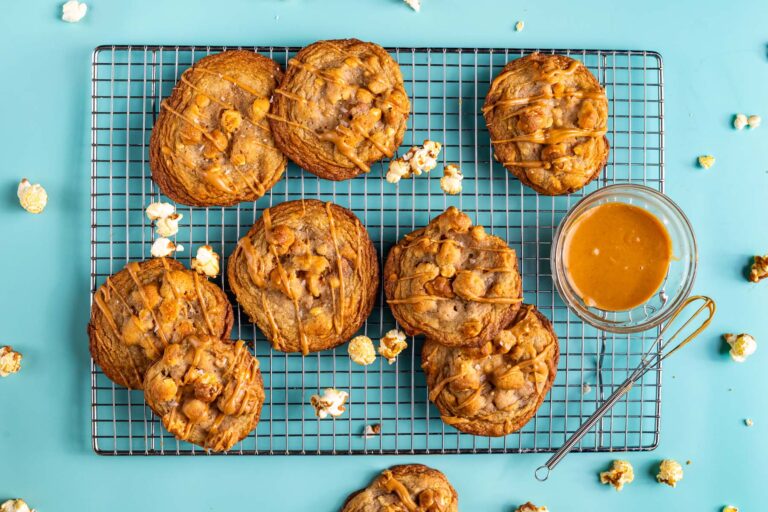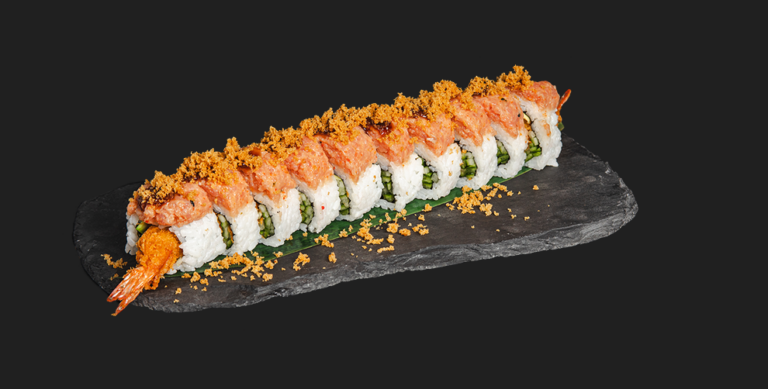Domaine Bousquet Brut | Uco Valley, Argentina
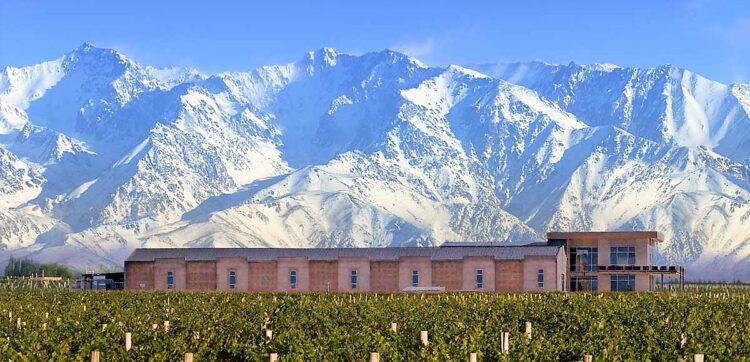
Wine of the Week – Sparkling White Brut | December 6, 2021
> HISTORICAL FACTS
The holiday celebrations are here so it’s the perfect time to talk bubbles. In France, the best known sparkling wines are Champagne and Crémant, but there is a wide variety of bubbles in the world depending on the way the effervescence is obtained.
Wine is the result of the fermentation of grape juice (sugar) – by yeast – producing alcohol and carbon dioxide (CO2). When making still wine, the lid of the tank remains open so the CO2 can escape. When making sparkling wines, the lid of the tank (or the bottle) remains closed as to capture the CO2 – the bubbles. There are several methods to achieve this.
The most famous is the Champagne method (méthode champenoise), also called the traditional method (méthode traditionelle) when it does not concern Champagne (1994 regulations: the name méthode champenoise can only be used for Champagne wines). Historically, this method was popular in regions that struggled to get their grapes to full ripeness as the second fermentation would add a few degrees of alcohol which would balance the aggressive acidity in the wine and make it more palatable. The vinification is done as for a still wine, which is then bottled with the addition of new yeast and sugar. Then it’s off again for a fermentation in the bottle, and this time the gas produced will be trapped in the bottle since it’s closed off with a crown cork (yes, every bottle of Champagne had a beer cap in its previous life). This stage is called the “prise de mousse” or forming of the bubbles. Once all the sugar has been used by the yeast, fermentation stops and additional alcohol and bubbles were produced as well as death yeast cells (lees) which make the wine cloudy. To get rid of these lees, the riddling process was invented: the bottles start horizontally with the lees along the bottom of the length of the bottle, the bottle is then gradually tilted, meanwhile rotating it by small increments clockwise and anti-clockwise. As the angle of tilt increases, the forces of gravity draw the sediment into the neck of the bottle. This deposit is expelled during disgorging: the neck is frozen, the bottle is opened and the ice cube which has trapped the lees is pushed out. And to complete the bottle again, a mixture of cane sugar (dosage) and wine (together making the expedition liqueur) is added and the bottle is closed with the final cork stopper.
Examples of wines made with the traditional method: Champagne, Crémant, Cava, Franciacorta and many others. In the transfer method, the principle is the same for the prise de mousse, but there is no disgorging: instead the wine is removed from the bottle and collected in a tank, the lees are filtered out and the expedition liqueur is added before returning the wine to its rinsed bottle. Many sparkling wines from New Zealand and Australia use this method.
The ancestral method (or rural or artisanal) is based on bottling the wine before it has finished the first fermentation. Because of this, ancestral method (méthode ancestrale) wines have less bubbles and might appear slightly cloudy since there is no requirement for disgorging (the removal of the lees). Wines made with the ancestral method are sometimes called pétillant-naturel (naturally sparkling), popularly abbreviated to pét-nat. Examples of wines made with the ancestral method: Bugey-Cerdon, Limoux, Montlouis and other wines from the Loire Valley and elsewhere – it’s quite popular these days!
The tank method, also known as the Charmat method, carries out secondary fermentation in a pressurized tank, rather than in bottle. The wine is then filtered and bottled under pressure without any significant contact with its lees, which makes this method popular with winemakers that want to keep fresh fruit aromas and flavors. Moscato d’Asti, Prosecco and today’s Wine of the Week, Domaine Bousquet, are made using this method.
Finally, the carbonation method is not based on the bubbles coming from fermentations, but simply on the addition of food grade CO2 in a still wine before bottling – the same as making sparkling water. As this is the cheapest process, many of the cheapest sparkling wines are made this way.
> THE WINERY
The Bousquet family hail from the city of Carcassonne, in the South of France and have four generations of history in the winemaking tradition. A 1990 vacation in Argentina was all it took for winemaker Jean Bousquet to fall in love with the Gualtallary Valley, a scenic, remote, arid terrain high in the Tupungato district of the Uco Valley in Argentina’s Mendoza region, close to the border with Chile. There, where the condors fly and without a vine in sight, Jean discovered his dream terroir, an ideal location to nurture organically-grown grapes in sandy soil – a rarity. Sandy soil makes for elegant wines, its low fertility gives desirable vine stress; it is permeable for good drainage and has no salinity issues, often a problem in arid areas. Grapes in this terroir are the last to be harvested, the extra hang time ensures heightened richness and body.
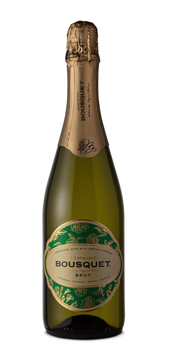
Origin: Tupungato, Uco Valley, Mendoza, Argentina
Varietals: 75% Chardonnay, 25% Pinot Noir
Sustainability: certified organic and vegan
Suggested Retail Price: $13.00
ABV: 12%
The grapes, grown by the foothills of the Andes at 4,000 ft. altitude, were manually harvested during the first half of February. Cold maceration was done for one day to extract aromas and flavors. The first and second fermentations took place in stainless steel tanks with the use of selected yeast strains.
This non-vintage wine has a light yellow color with a green hue and delicate bubbles. The nose shows apple and citrus aromas. The palate is fresh and fruity with crisp, juicy acidity and an elegant, light finish.
Suggested food pairings: as an apéritif, sushi and sashimi, fish and shellfish, cheeses.
> For more information, visit the Domaine Bousquet official website.

